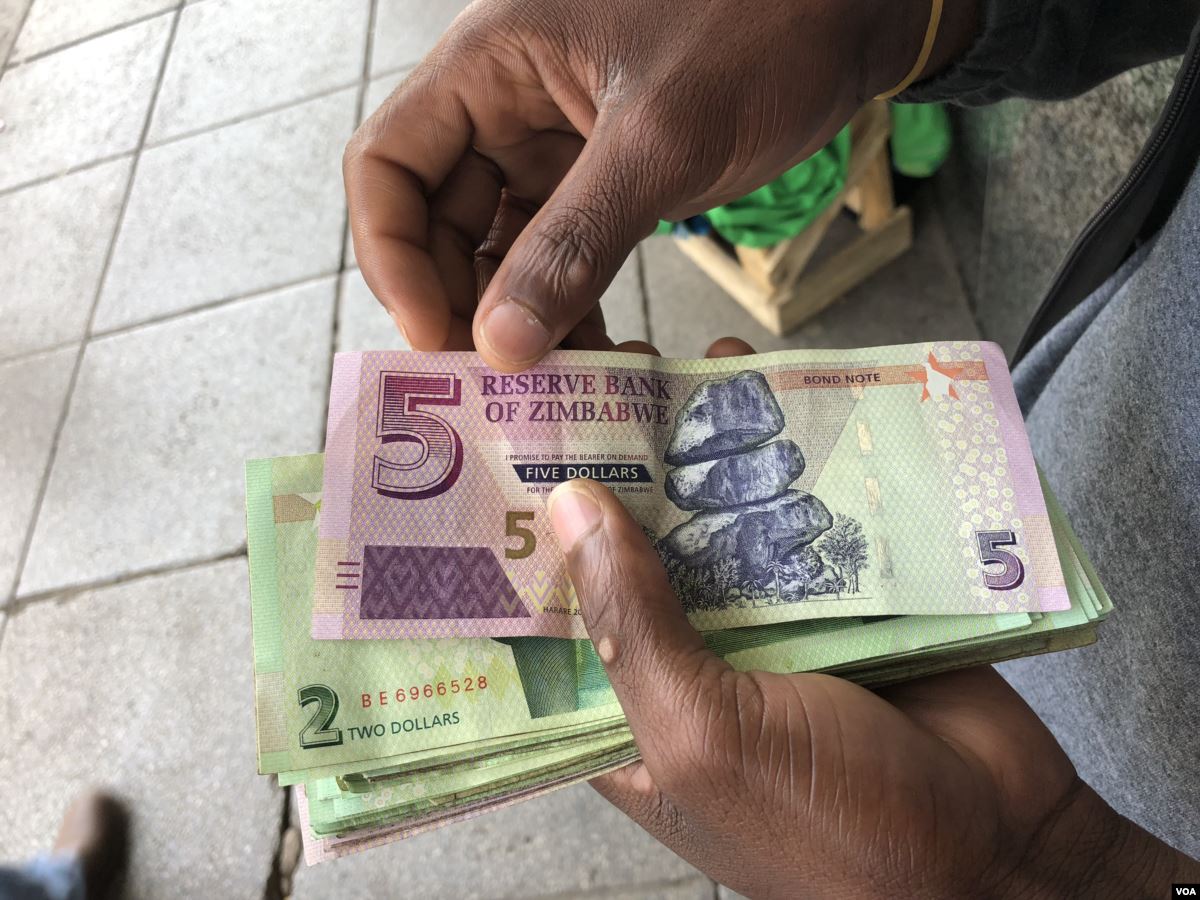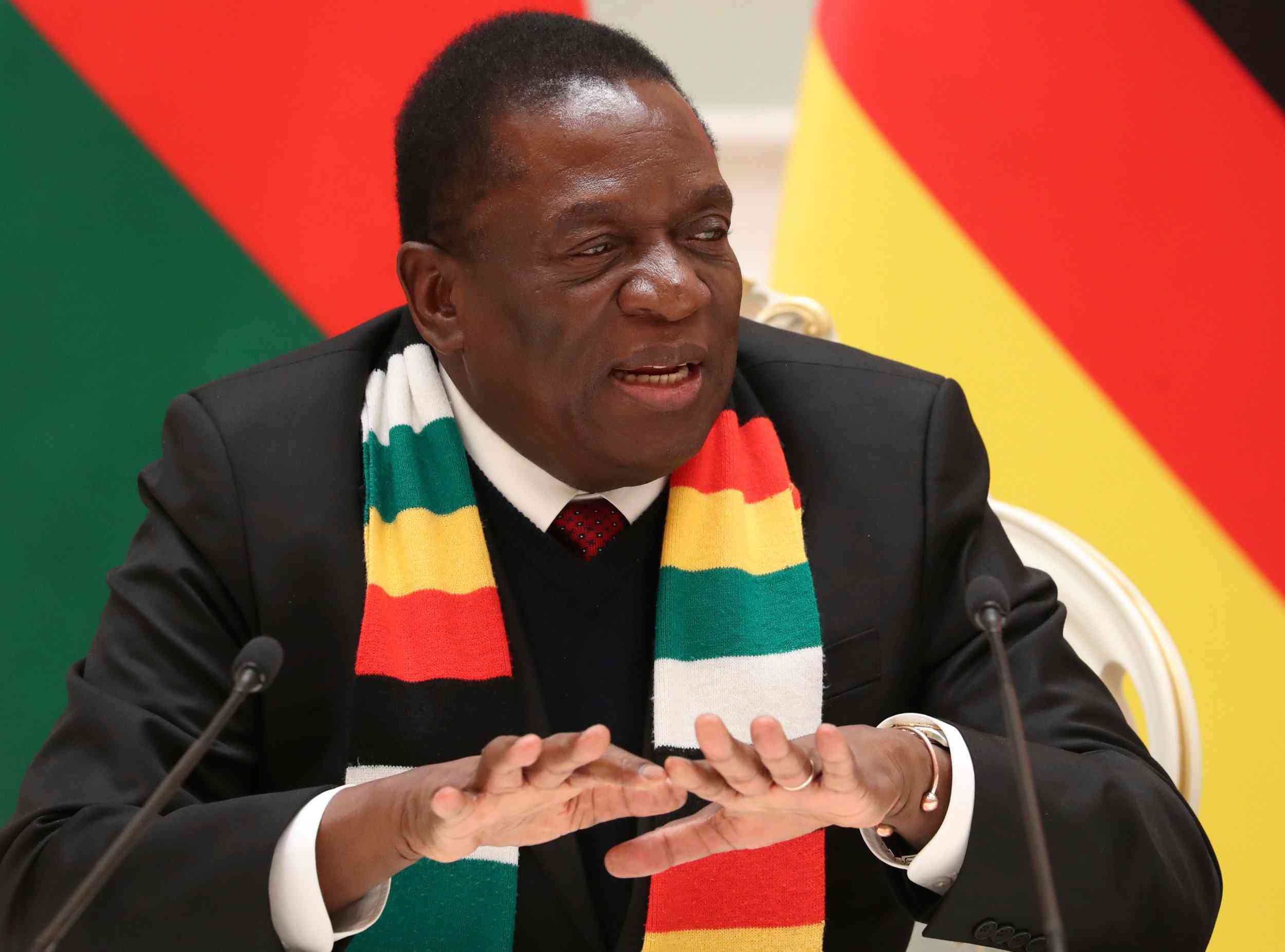
BY EVANS MATHANDA The Zimbabwe dollar was trading at US$1: ZW$520 on the black market on Friday and it appears headed for turbulent times in the absence of a robust response by the authorities.
Zimbabwe’s currency problems have been going on for a very long time.
The introduction of “bond notes” in 2016 ignited anxiety among Zimbabweans who feared that it was a plan to revive the country’s redundant currency, which had been discarded in 2008 due to hyperinflation.
Tendai Biti, who was Finance minister between 2008 and 2013 when the country had dollarised, describes the rate of inflation and currency crisis as a sign that the ruling Zanu PF party is losing control of the economy.
For many Zimbabweans, pay days are no longer giving them cheerful moments but headaches of converting their salaries into US dollars so that they don’t lose value overnight.
What’s the rate today? This is the daily question that one cannot skip in WhatsApp groups or at their workplace.
After getting paid in local currency (Zimbabwe dollars), those who are fortunate to be employed line up every month on the streets trading in the local currency against the US dollar, which is the most stable currency as most businesses are charging for their goods and services in foreign currency.
In short, the majority of the working population trades its Zimbabwe dollar earnings for US dollars so that they can be able to pay their rentals.
- Chamisa under fire over US$120K donation
- Mavhunga puts DeMbare into Chibuku quarterfinals
- Pension funds bet on Cabora Bassa oilfields
- Councils defy govt fire tender directive
Keep Reading
Informal foreign currency trading has become the most popular option for the country’s job seekers.
University graduates are spending most of their time on the streets trying to raise a dollar.
The pace at which the local currency continues depreciating in value is a threat to food security and sustainable livelihoods.
The monetary and fiscal policy uncertainties and inconsistencies, limited supply and rising prices of basic commodities such as cooking oil and sugar have resulted in difficulties for the general citizens.
The high cost of living has thrown a lot of people into poverty and the ripple effects are being felt all over.
Zimbabwe’s economy is characterised by bitter-sweet experiences since independence, but the latest crisis is unprecedented as nearly half of the population is now classified as extremely poor.
Prices of basic goods are rising every day and the cost of living is sky rocketing every day.
At supermarkets they are now changing prices of goods almost every day.
The situation is just unpredictable. We seem to be slowly going back to the 2008 crisis where Zimbabwe’s inflation broke international records.
The rapid economic decline experienced in Zimbabwe has driven the majority of Zimbabweans into terrible poverty, which is worsened by the high cost of living and unemployment.
Drug abuse is another cause of concern as youth are trying to escape depression caused by the economic crisis.
Some economists argue that the war in Ukraine is fuelling a global food crisis and Zimbabwe has not been spared.
Russia’s invasion of Ukraine in late February dramatically worsened the outlook for already inflated global food prices.
The halt in Ukrainian exports following the outbreak of the conflict pushed the Food and Agriculture Organisation’s (FAO) food price index, which tracks international prices of the most globally traded food commodities, to its highest point in March since records began in 1990, According to the World Food Program (WPF).
But in Zimbabwe, the situation has been worsened by economic mismanagement and rampant corruption yet the Zanu PF government has been consistently blaming economic sanctions.
So is it about economic sanctions or poor governance?
Since early 2000 to date, Zimbabwe’s economy has suffered distress and unproductivity, undergoing periods of hyperinflation leading to the collapse of the national currency and the adoption of a multi-currency system in 2009.
The government and its allies attribute this to sanctions, while others blame bad governance.
Even though the government wallowed about US$3 billion on the controversial command agriculture development program in a bid to ensure food security and sustainable livelihoods, Zimbabwe is now importing maize resulting from shortages, inflation and a poor agriculture season.
- Evans Mathanda is a journalist and development practitioner who writes in his personal capacity. For feedback email: [email protected] or call 0719770038 and Twitter @EvansMathanda19











